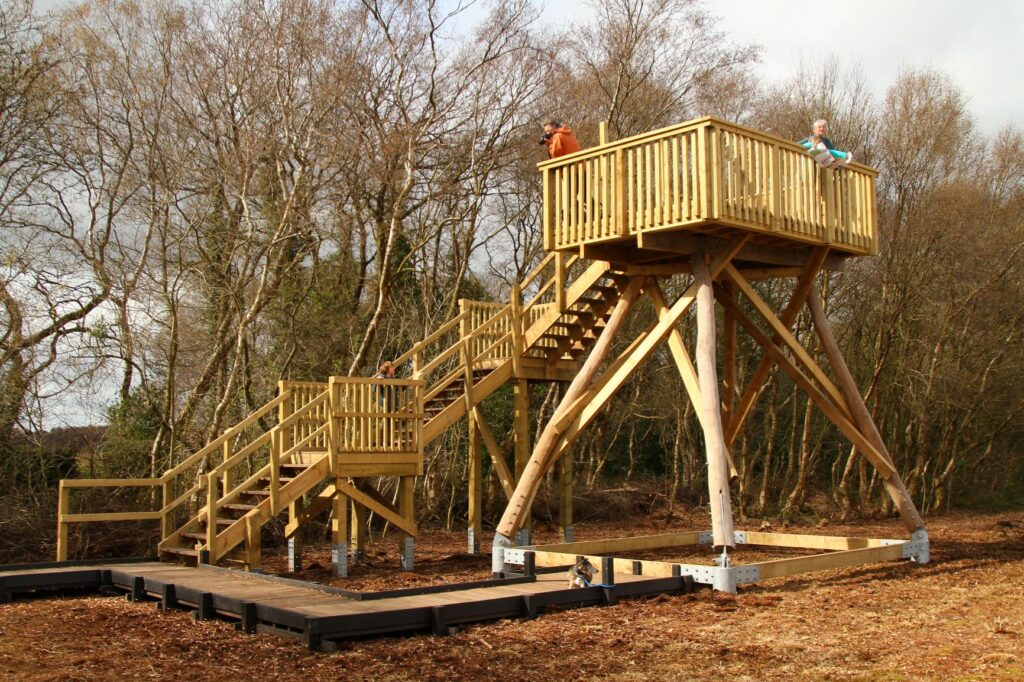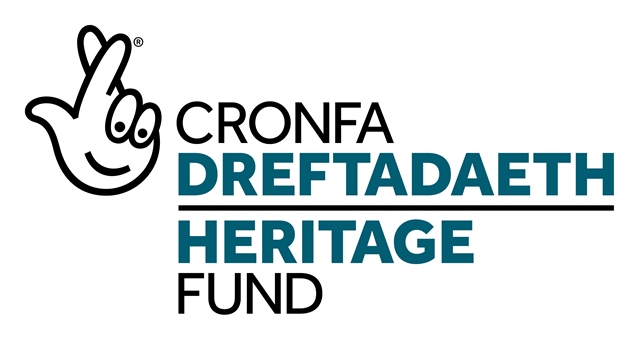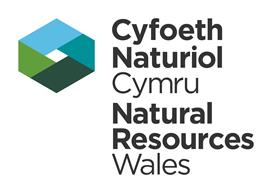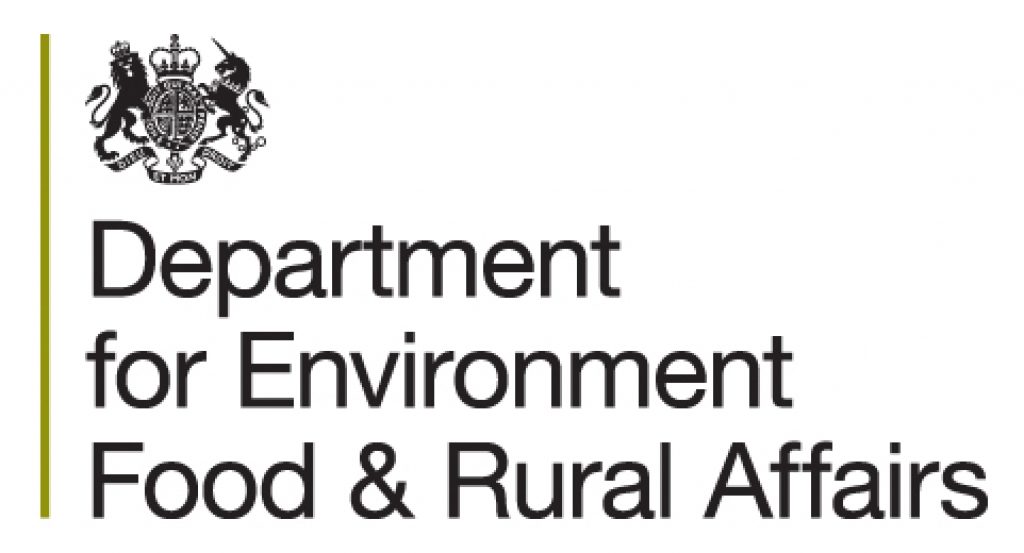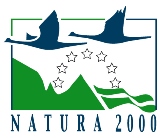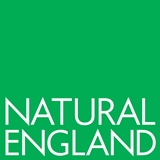Invasive Species Week on the Mosses
May 26, 2021
NOTE: This post includes a link to another article withing the Meres and Mosses website.
Invasive Species Week, 24-30 May, brings focus to native and non-native flora and fauna that overtake species that belong in a particular environment – the “wrong place, wrong plant” phrase that gardeners use, but applied to the wider environment.
Here in the Marches Mosses, some plants have taken hold in the damp, acidic environment of the Mosses. These include purple moor grass (Molinia), bracken, brambles, birch and Scots pine. Some of these – bracken and brambles in particular, can be found on mineral soil in fields across Shropshire and beyond. Molinia is beautiful on the Stiperstones and has been encouraged to spread there. Birch trees look good in our gardens and hedgerows and Scots pine and other conifers have been planted on plantations in various locations.
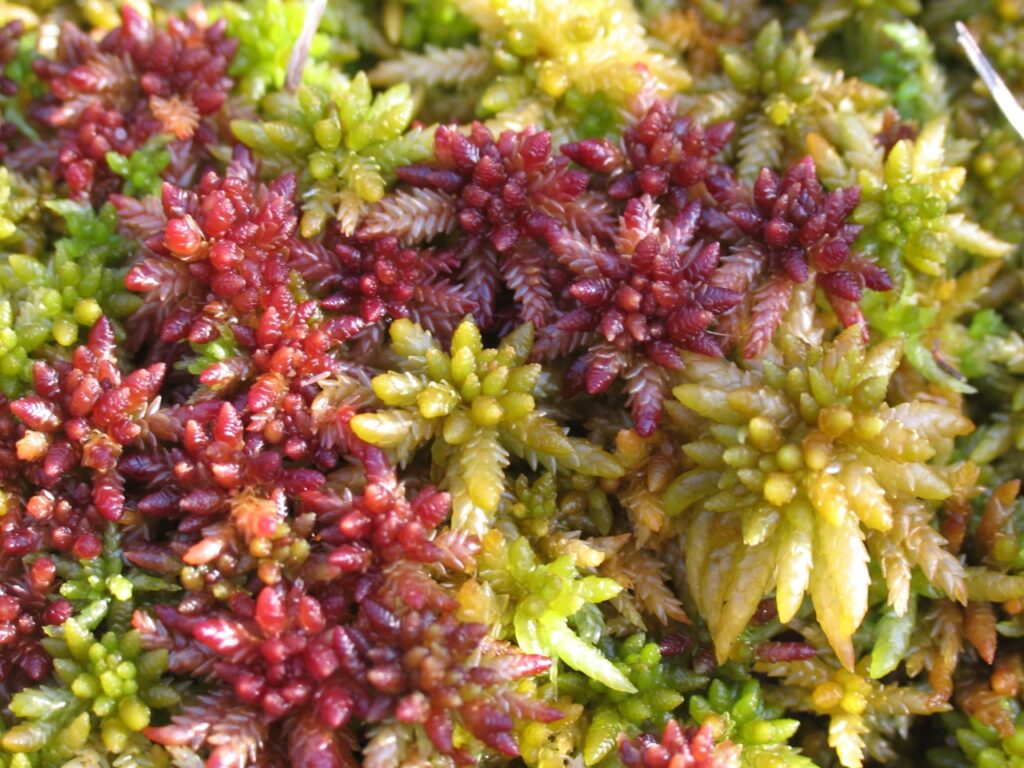
But none of these plants belong on the Mosses. They draw great quantities of water from the ground, drying the peat. And they create a canopy, shading out species that need the acidic environment of the Mosses, like all Sphagnum – the key to new peat growth – crowberry and cranberry, the rare Dicranum undulatum and the varieties of cotton sedge that look so lovely in bloom on the Mosses in May and June.
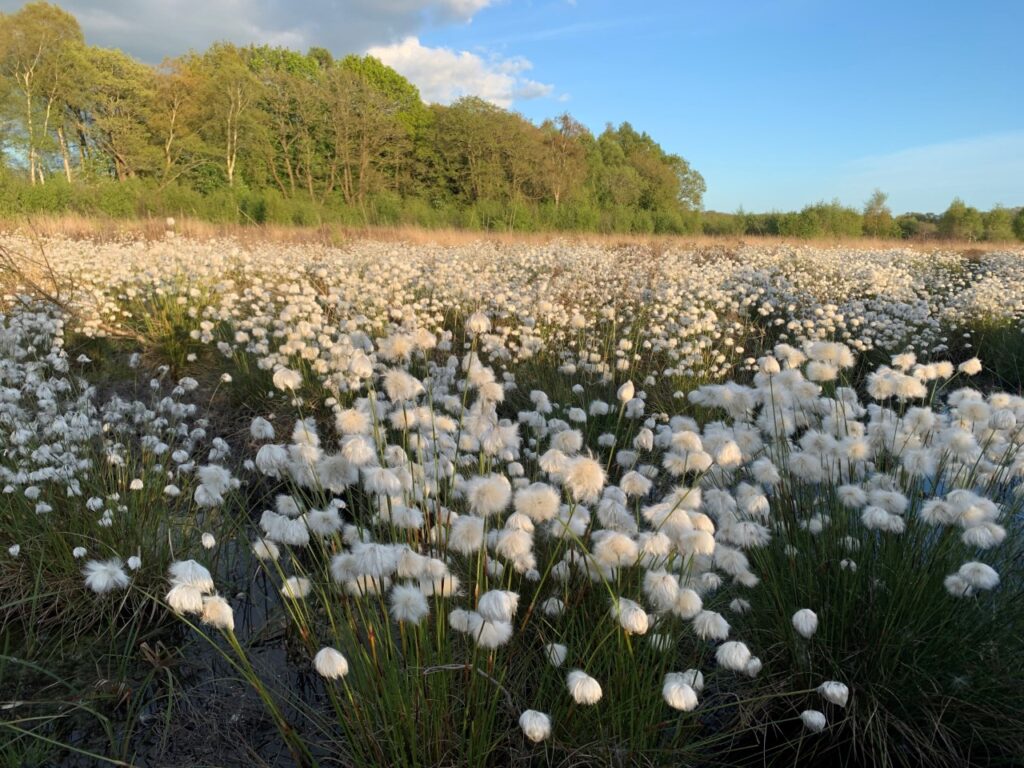
A bit of history: Molinia, also known as irongrass, has long been found on the Mosses. Called “sniddle” by peat cutters, there’s a theory that it was introduced by them to stabilise the ground along the tram roads they built to transport the cut peat.
Birch was regularly coppiced or burned during the commercial peat cutting years. Similarly, Scots pine on Bettisfiled Moss was kept clear, as it was cut for Christmas trees until the mid-1960s. Now they’re being removed by the team working to regenerate the peat and re-build the carbon store that the peatland provides. You can learn more about the importance of this work here.
As you can see, invasive species can cause real damage if they make their homes in environments where they don’t belong. You can see the results of the work the team at the Mosses is doing to bring this precious peatland back to its best by visiting the Mosses. Climb the Mammoth Viewing Tower for a panoramic view of the Mosses, or go for a walk on one of the marked trails.
